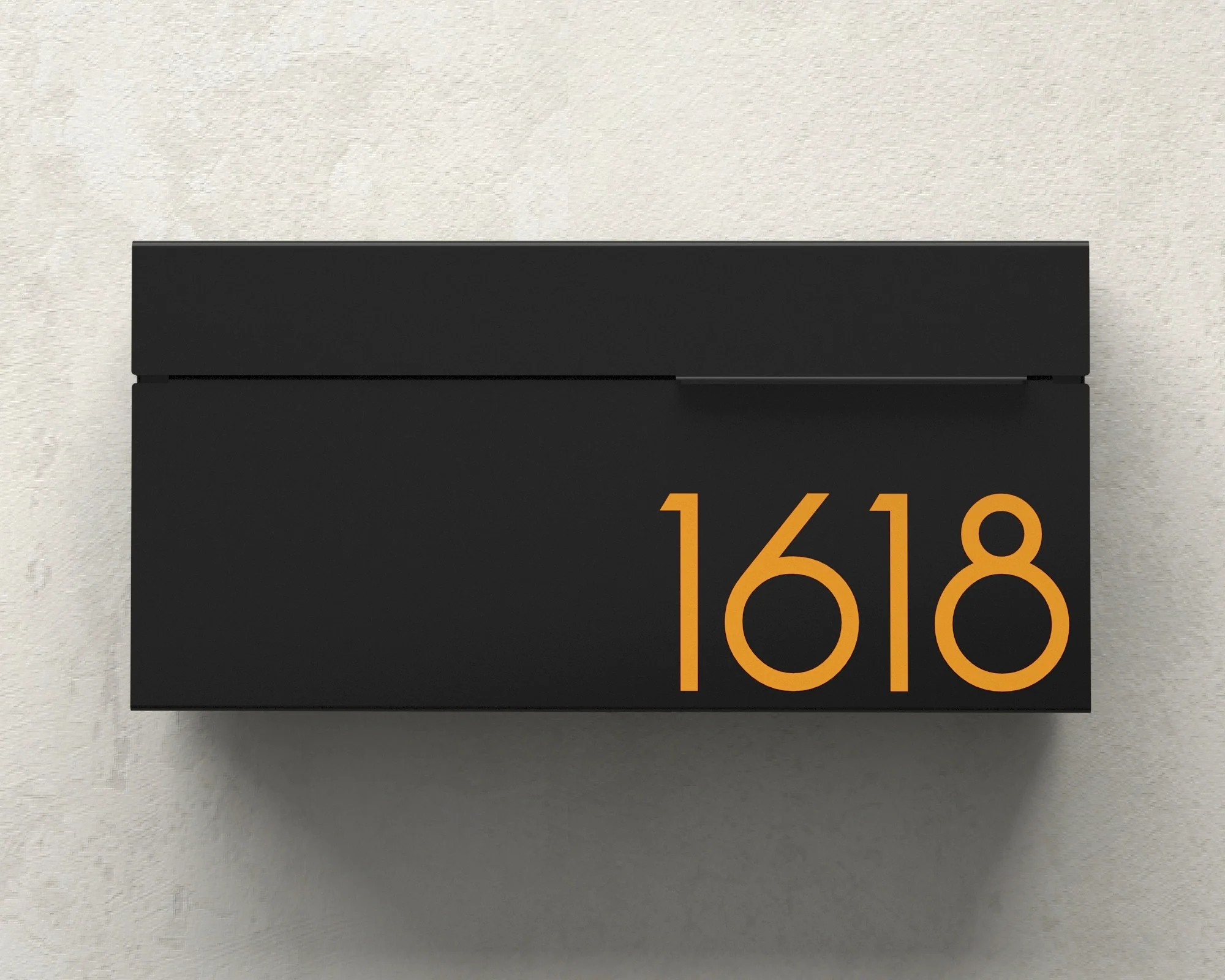Modern homes are more than architectural shapes; they’re personal statements of design and identity. Every detail, from door texture to curb display, plays its role in shaping perception. Mailbox numbers, once functional tags, now express style and personality. Homeowners often choose reflective mailbox numbers to merge clarity, durability, and design distinction.
Evolving Trends In Exterior Detailing
Mailbox numbers are no longer afterthoughts in modern design. They blend seamlessly into façades that emphasize clean lines and subtle contrast. Designers now treat them like jewelry for architecture.
- Popular in metallic, matte, or frosted finishes
- Complements door trims and outdoor accents
- Enhances symmetry across gates and driveways
- Often paired with matching outdoor hardware
Good design in small details shapes first impressions. These minor cues quietly convey order, care, and aesthetic taste.
Balancing Function With Aesthetic Intent
The best designs serve purpose and presentation together. Mailbox numbers must stay legible under varied lighting while enhancing curb character. This balance drives current homeowner preferences.
- Placement often aligns with natural light paths
- Font styles remain bold yet elegant
- Size selection varies with mailbox material
- Contrast ensures visibility across distances
Design harmony comes from intention, not excess. Every number contributes subtly to the property’s story.
Integrating Reflective Details Naturally
Some homeowners prefer functional elegance, using reflective mailbox numbers for subtle visibility upgrades. They blend style with convenience, especially for houses with longer driveways or soft lighting setups.
- Works effectively in low-light environments
- Available in both adhesive and screw-fixed styles
- Compatible with minimalist or ornate exteriors
- Maintains consistency across modern design palettes
Using reflection smartly creates both beauty and clarity. It proves that practical additions can remain visually sophisticated.
How To Pick The Right Font?
Choosing fonts for mailbox numbers seems simple but influences curb appeal deeply. What should guide the choice? Look for alignment between your home’s shape and the letter’s tone. Modern homes benefit from geometric fonts, while rustic builds suit serif or carved designs.
Avoid fonts that strain readability from afar. Test visibility during day and dusk. The right font quietly bridges design and identity without distraction.
Why Placement Affects Visual Harmony?
People often overlook the impact of position. Placing numbers at eye level near lighting enhances recognition. When centered symmetrically, they anchor the mailbox visually. The trick is to match viewer perspective with architectural rhythm.
Consider the entry flow—how people approach and glance. A misplaced number feels off even if it looks stylish alone. Thoughtful alignment ensures harmony throughout the exterior space.
Design Coherence Through Subtle Continuity
Mailbox numbers succeed when they blend smoothly with their surroundings. They should echo materials, finishes, or tones used elsewhere. Subtle repetition builds design unity without overwhelming the viewer.
Every visual cue contributes to overall perception. A well-integrated number plate can elevate a simple structure into something memorable. Small creative touches leave lasting impressions that express individuality quietly yet confidently.





